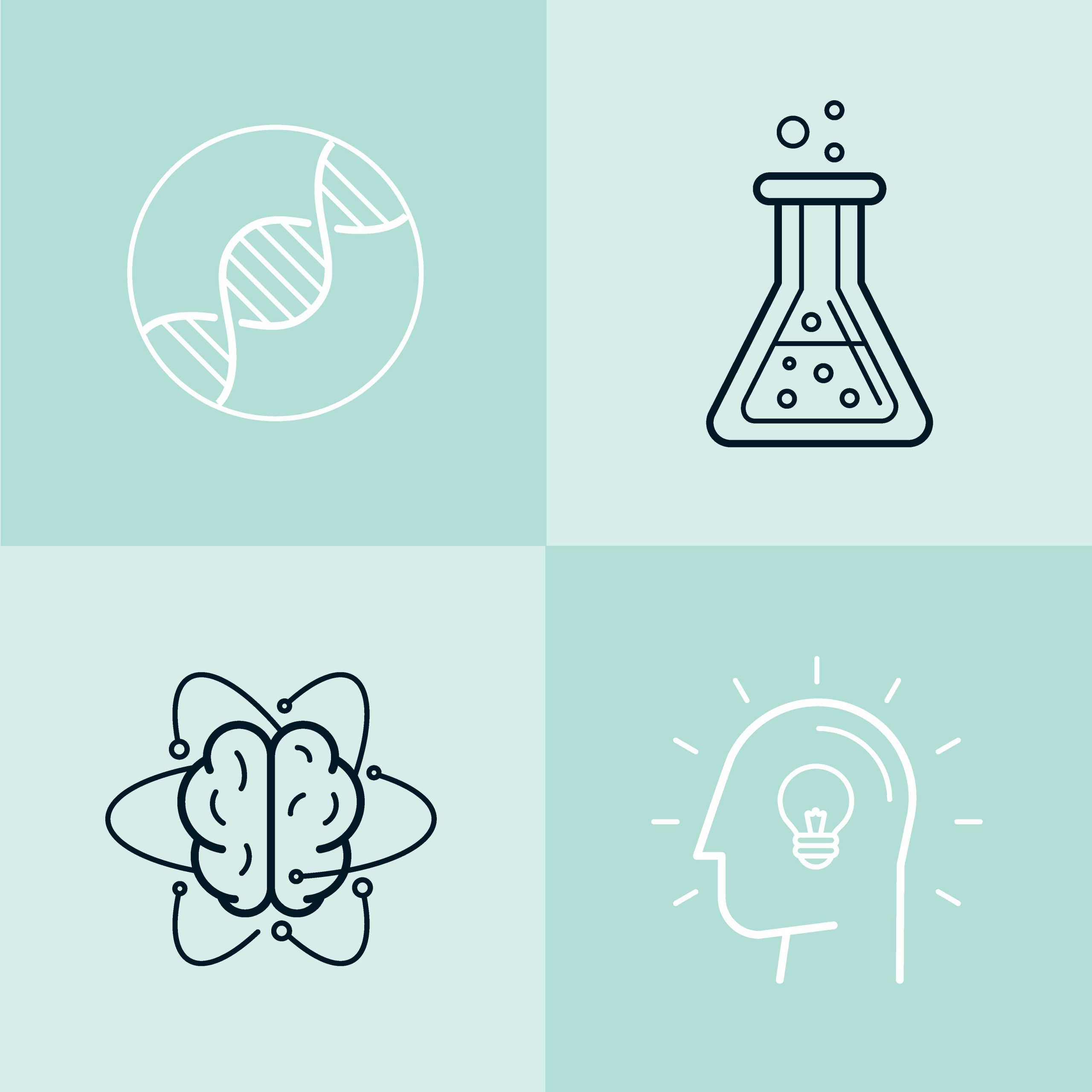
Genomics: 4 ways the science is transforming the healthcare industry
When the Human Genome Project began in 1990, it may have been hard to see all the potential applications for understanding the building blocks of life. In the beginning, the time and cost to sequence DNA were extensive compared with what they are today. Now, there are tests you can take at home that can be processed in a matter of days for a few thousand dollars or less.
The study of genes is helping the world understand what makes each of us unique — as well as what makes us the same. And its applications within the healthcare and pharmaceutical industries seem limitless.
In the wake of these changes, healthcare providers and pharmaceutical companies are adapting their talking points and go-to-market efforts to convey the promise of precision treatments. Precision medicine is a personalized approach to the treatment of a variety of diseases and conditions that involves the selection of medicines most likely to help a patient based on a genetic understanding of their disease. As patient journeys evolve into more unique experiences for each individual, brands will need to continue to create targeted marketing approaches that deliver the right content via the right channels at the right time.
Here are 4 ways genomics is being used today:
- Cancer – There are so many different types of cancer and possible treatments, grappling with it all can be overwhelming. At the most fundamental level, cancer is caused by changes in an individual’s genome that lead to uncontrolled cell growth in their body. Genomics, however, is transforming how we diagnose and treat cancer. Today, scientists can detect cancer just by testing a patient’s blood, thanks to recent breakthroughs that allow them to detect circulating tumor DNA in blood instead of directly sampling the tumor itself. Large projects and multitudes of clinical trials around the world that have examined thousands of cancer samples have helped us determine the genomic sequences of many cancer types. All of this is leading to further advancements in our ability to detect and treat cancers effectively.
- Rare Disease – Nearly 80% of all rare diseases have a genetic origin. It is not surprising that genomics is having a positive impact on patients with rare diseases and their families. Receiving a diagnosis of a rare disease used to take years or sometime decades. In some instances, genomics can now offer an alternative to that diagnostic odyssey for patients and their loved ones. Patients with rare diseases are typically proactive participants in their treatment, and as such have become a stronger voice of advocacy. This has helped accelerate rare disease research as well as increased recruitment for clinical trials.
- Pharmacogenomics – Wouldn’t it be wonderful to know that the medication prescribed to you is the best medication for you? It turns out your genomic sequence can determine how you, specifically, respond to certain medications. (We’ve even seen evidence of this with the medications currently used to treat COVID-19.) Scientists in the field of pharmacogenomics can study how specific variants in your genome influence your response to medications. This information can help healthcare professionals avoid a long cycle of trial and error to determine which medication works best for their patients, enabling them and the researchers in those therapeutic areas to optimize medical treatments while avoiding adverse reactions.
- Prenatal Testing – In the past, the thought of prenatal testing usually led to visions of large and long needles! Today, prenatal tests harness DNA sequencing to provide the same results using only a small sample of a pregnant woman’s blood. This simple procedure, which can be performed early in the pregnancy, is administered to several million pregnant women each year. In addition, these tests can also provide valuable medical information about the mother that might impact their pregnancy or delivery. In some instances, the results of the prenatal test allow the physician and patient to prepare for critical surgeries or treatments post birth.
See more: Facts and figures 30 years after the launch of the Human Genome Project
Sources for the content above: The National Human Genome Research Institute website, genome.gov and globalgenes.org.
